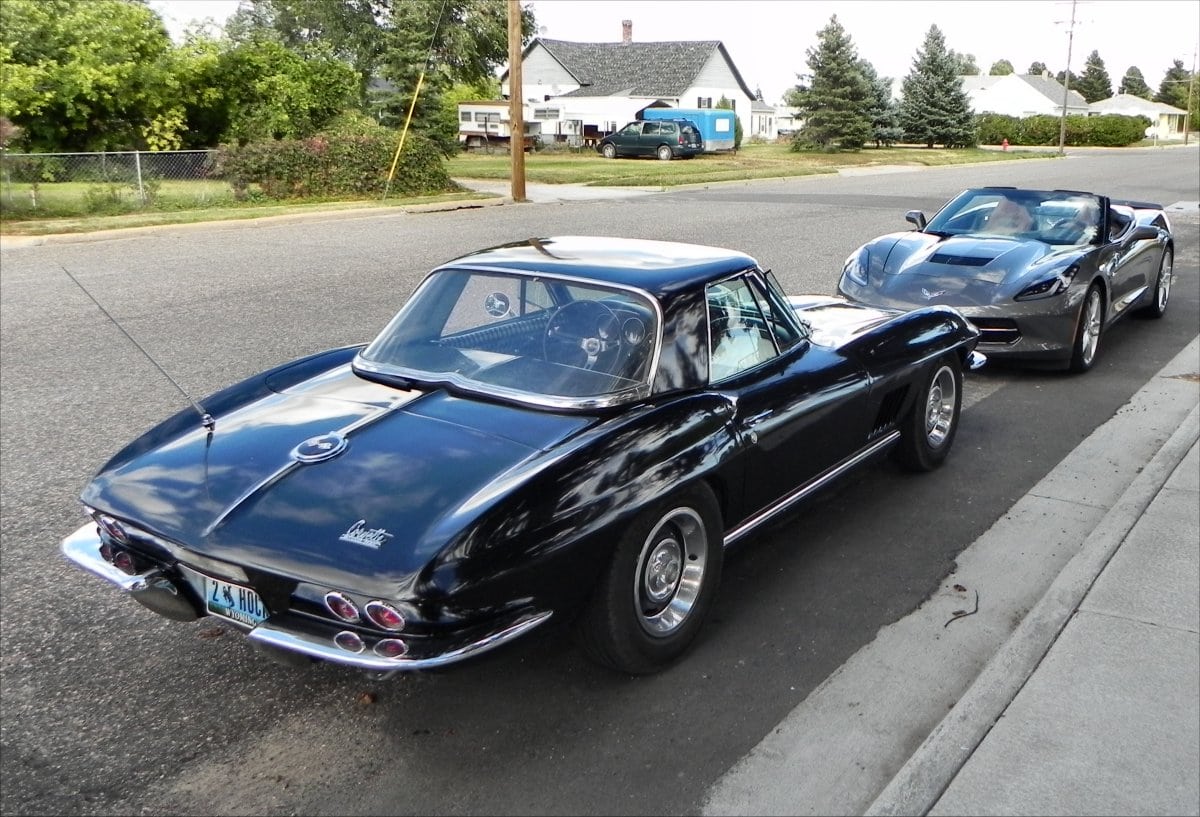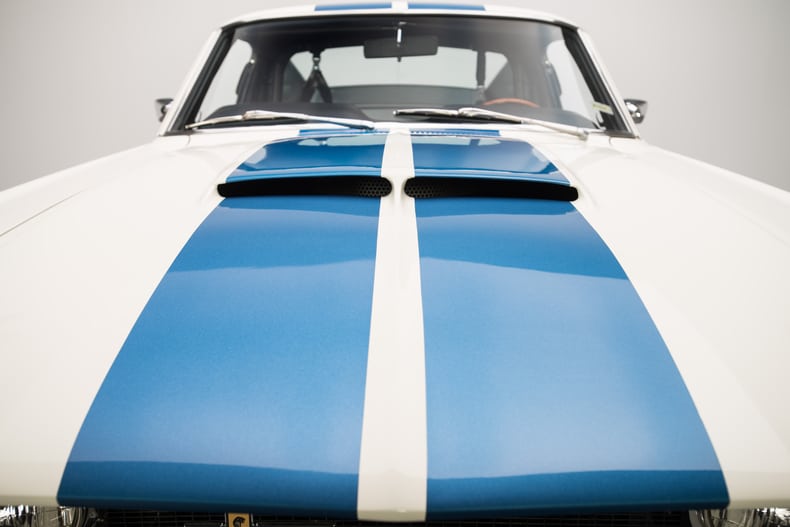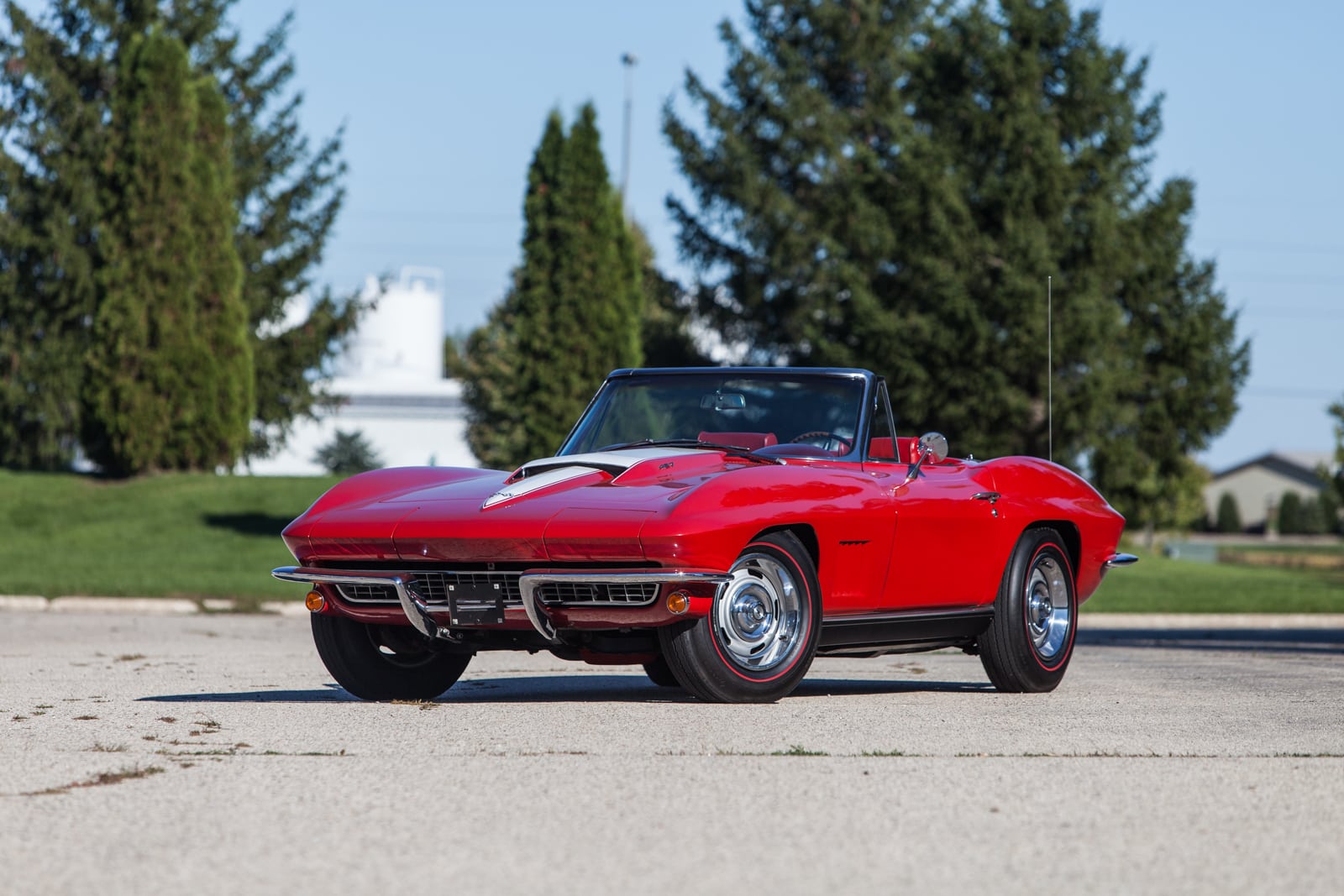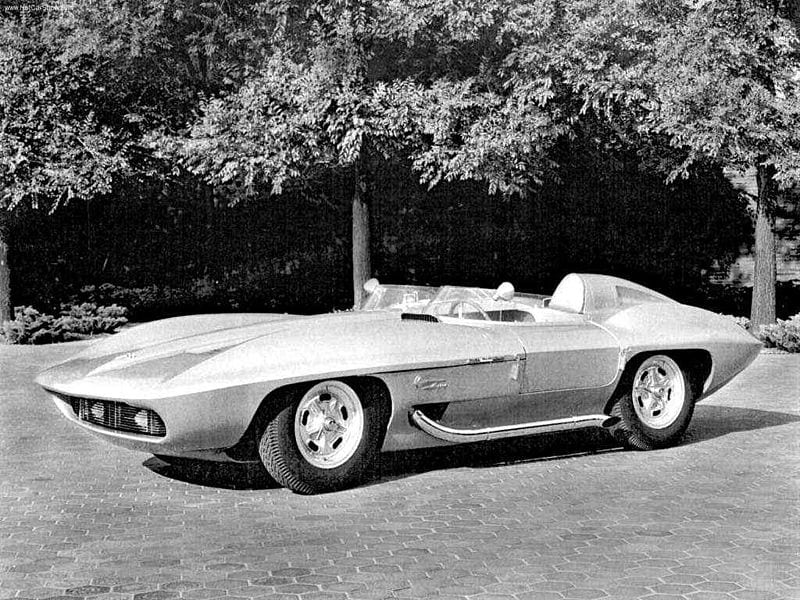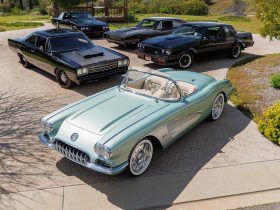Right now, everyone is excited about the new eighth-generation Corvette with a model-first mid-engine placement. But for those of us who prefer something with a little more history and character, a classic Corvette is always a fantastic option. If you’re thinking about adding a classic ‘Vette to your collection, what do you need to know before you sign on the dotted line?
1. Set a Budget
This should be your first step before you purchase any new or new-to-you car, regardless of the make and model. Decide how much you can afford — either outright if you’re planning to buy with cash, or monthly if you’re going to finance your purchase — without cutting corners or negatively impacting your life.
Next, and perhaps more importantly, once you’ve decided on a budget, stick to it. It’s easy to say that you’ll only spend “X” amount of money on a car. But when your dream Corvette crosses your path and exceeds your budget, jumping on that opportunity might seem more appealing. Stick to your budget or it will come back to bite you later.
2. Decide What You Want
Now that you have an idea of how much money you’re able to spend on your classic Corvette, your next step — before you even start shopping — is to decide what you want.
Do you want a project car that you can restore from the ground up, or are you looking for something you can drive home as soon as you sign on that dotted line? Maybe you’re looking for a Corvette where someone else has already done the hard work, so you can take it to shows as soon as you bring it home.
There are plenty of options out there, but shopping without a plan is just going to end in frustration and disaster. Having a basic idea of what you’re looking for when you’re shopping can save you a lot of hassle and heartache in the long run.
3. Look Out for Rust
This isn’t an issue for new Corvettes, but if you’re looking for a classic car, rust is something you need to be on the lookout for. Frame rust can chase away the average buyer, but if you’re looking for a project car, it isn’t necessarily a deal-breaker. You can repair some frame rust or even swap out the entire frame, depending on the severity of the damage.
What you need to run away from is birdcage rust. Not only will this make the car dangerous to drive, but it can also be exorbitantly expensive to repair — if you can fix it at all. It can be hard to spot, but be on the lookout for rust in places around the windshield, door frames, door lock pillar and rockers.
4. Mileage Isn’t Everything
Finally, while it might seem like a great thing to find a classic Corvette with next to no miles on it, it’s important to remember that mileage isn’t everything. A Corvette that has 150,000 miles on it has obviously been well taken care of during its life and isn’t going to cost you as much for maintenance and repairs. A classic Corvette that only has 500 miles on it has never been driven, and while it might look amazing, neglected engines don’t run smoothly.
Besides, there are a tragic number of classic, low-mileage Corvettes living in garages and showrooms that have never seen a highway in their lives. If that doesn’t break your heart, we don’t know what will.
Find Your Dream Car
Don’t jump at the first classic Corvette that crosses your path. Finding your dream car isn’t something that should be taken lightly. Do your research, set your budget and remember that low mileage doesn’t necessarily mean a particular car is your best choice.


